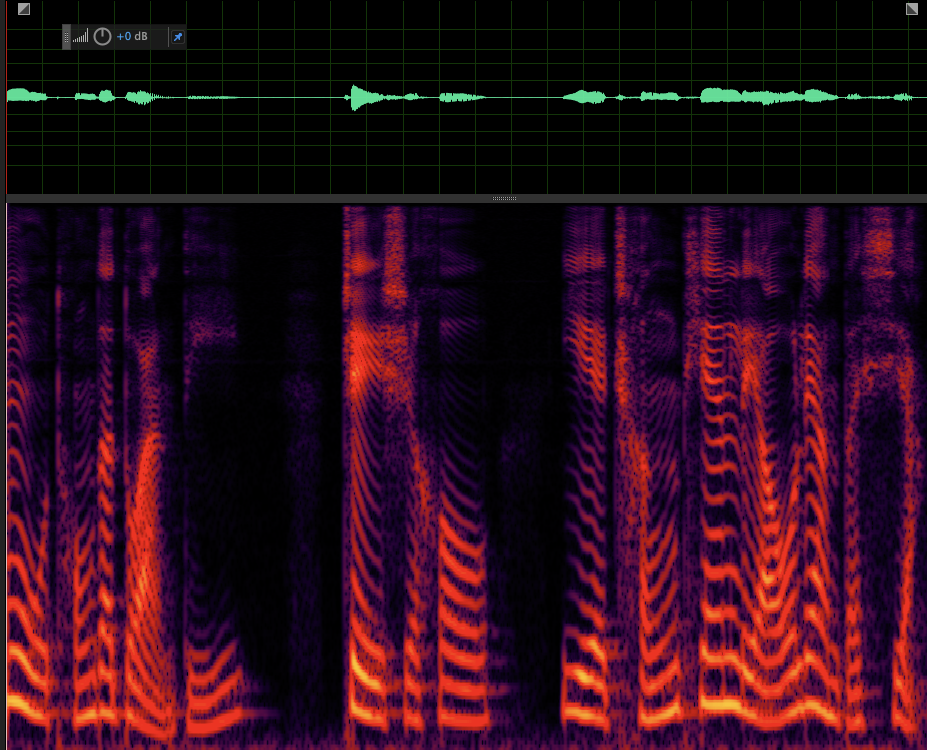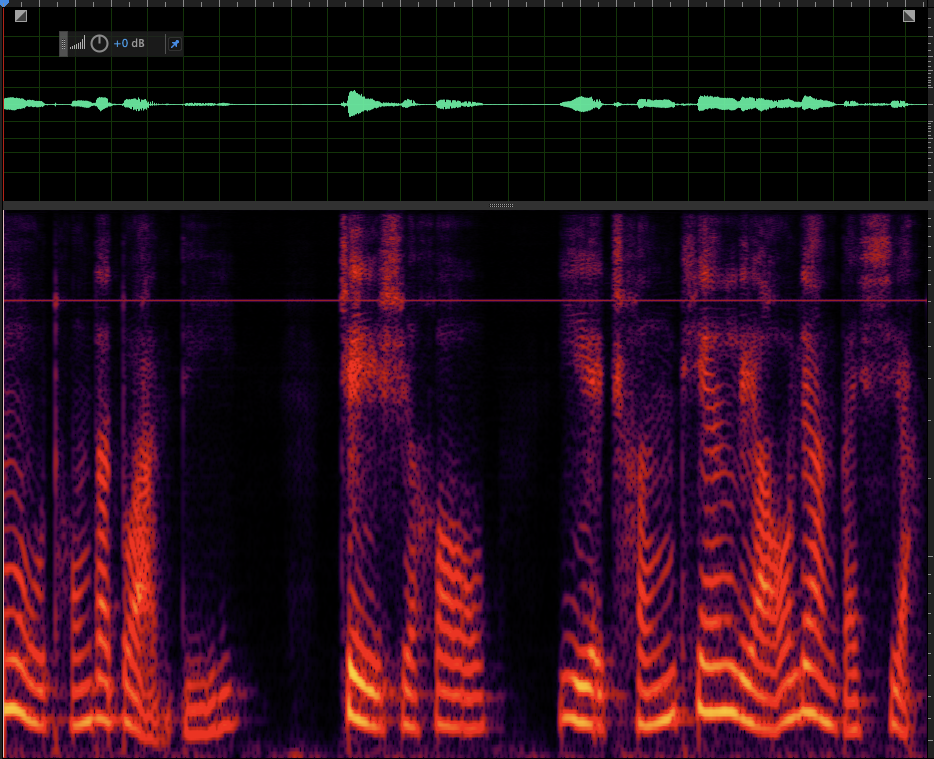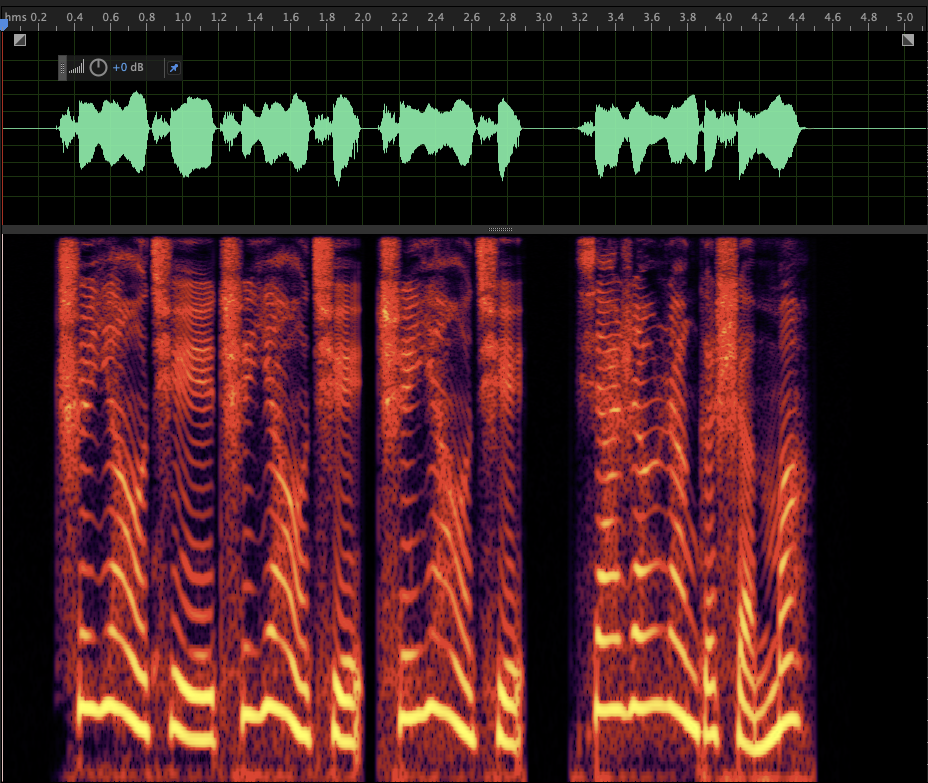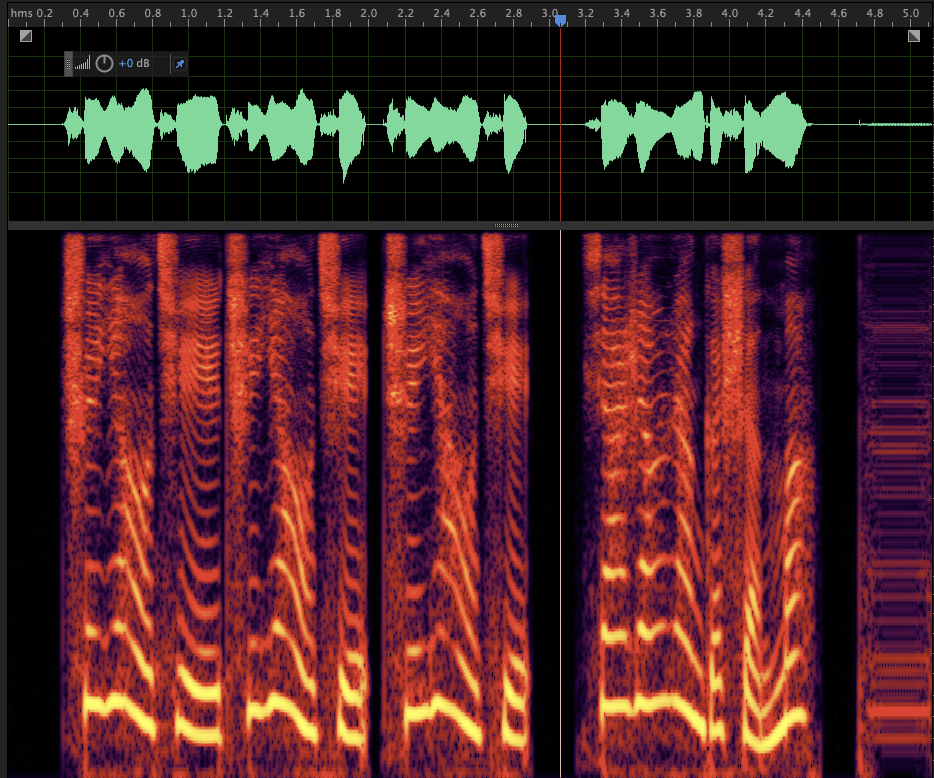This is my config
This is the hyperparameter configuration file for Multi-Band MelGAN.
Please make sure this is adjusted for the LJSpeech dataset. If you want to
apply to the other dataset, you might need to carefully change some parameters.
This configuration performs 1000k iters.
###########################################################
FEATURE EXTRACTION SETTING
########################################################### sampling_rate: 16000 hop_size: 256 # Hop size. format: "npy"
###########################################################
GENERATOR NETWORK ARCHITECTURE SETTING
########################################################### generator_params: out_channels: 4 # Number of output channels (number of subbands). kernel_size: 7 # Kernel size of initial and final conv layers. filters: 384 # Initial number of channels for conv layers. upsample_scales: [2, 4, 8] # List of Upsampling scales. stack_kernel_size: 3 # Kernel size of dilated conv layers in residual stack. stacks: 4 # Number of stacks in a single residual stack module. is_weight_norm: false # Use weight-norm or not.
###########################################################
DISCRIMINATOR NETWORK ARCHITECTURE SETTING
########################################################### discriminator_params: out_channels: 1 # Number of output channels. scales: 3 # Number of multi-scales. downsample_pooling: "AveragePooling1D" # Pooling type for the input downsampling. downsample_pooling_params: # Parameters of the above pooling function. pool_size: 4 strides: 2 kernel_sizes: [5, 3] # List of kernel size. filters: 16 # Number of channels of the initial conv layer. max_downsample_filters: 512 # Maximum number of channels of downsampling layers. downsample_scales: [4, 4, 4] # List of downsampling scales. nonlinear_activation: "LeakyReLU" # Nonlinear activation function. nonlinear_activation_params: # Parameters of nonlinear activation function. alpha: 0.2 is_weight_norm: false # Use weight-norm or not.
###########################################################
STFT LOSS SETTING
########################################################### stft_loss_params: fft_lengths: [1024, 2048, 512] # List of FFT size for STFT-based loss. frame_steps: [120, 240, 50] # List of hop size for STFT-based loss frame_lengths: [600, 1200, 240] # List of window length for STFT-based loss.
subband_stft_loss_params: fft_lengths: [384, 683, 171] # List of FFT size for STFT-based loss. frame_steps: [30, 60, 10] # List of hop size for STFT-based loss frame_lengths: [150, 300, 60] # List of window length for STFT-based loss.
###########################################################
ADVERSARIAL LOSS SETTING
########################################################### lambda_feat_match: 10.0 # Loss balancing coefficient for feature matching loss lambda_adv: 2.5 # Loss balancing coefficient for adversarial loss.
###########################################################
DATA LOADER SETTING
########################################################### batch_size: 64 # Batch size. batch_max_steps: 8192 # Length of each audio in batch for training. Make sure dividable by hop_size. batch_max_steps_valid: 81920 # Length of each audio for validation. Make sure dividable by hope_size. remove_short_samples: true # Whether to remove samples the length of which are less than batch_max_steps. allow_cache: true # Whether to allow cache in dataset. If true, it requires cpu memory. is_shuffle: true # shuffle dataset after each epoch.
###########################################################
OPTIMIZER & SCHEDULER SETTING
########################################################### generator_optimizer_params: lr_fn: "PiecewiseConstantDecay" lr_params: boundaries: [100000, 200000, 300000, 400000, 500000, 600000, 700000] values: [0.001, 0.0005, 0.00025, 0.000125, 0.0000625, 0.00003125, 0.000015625, 0.000001] amsgrad: false
discriminator_optimizer_params: lr_fn: "PiecewiseConstantDecay" lr_params: boundaries: [100000, 200000, 300000, 400000, 500000] values: [0.00025, 0.000125, 0.0000625, 0.00003125, 0.000015625, 0.000001] amsgrad: false
###########################################################
INTERVAL SETTING
########################################################### discriminator_train_start_steps: 200000 # steps begin training discriminator train_max_steps: 4000000 # Number of training steps. save_interval_steps: 20000 # Interval steps to save checkpoint. eval_interval_steps: 5000 # Interval steps to evaluate the network. log_interval_steps: 200 # Interval steps to record the training log.
###########################################################
OTHER SETTING
########################################################### num_save_intermediate_results: 1 # Number of batch to be saved as intermediate results.

Hi, I found some strange looking spectograms when using multiband melgan. Can someone take a look at it?
Case 1: bright horizontal line around 4k freq band ref:
gen:
Case 2: horizontal lines when it's supposed to be silence ref:
gen: